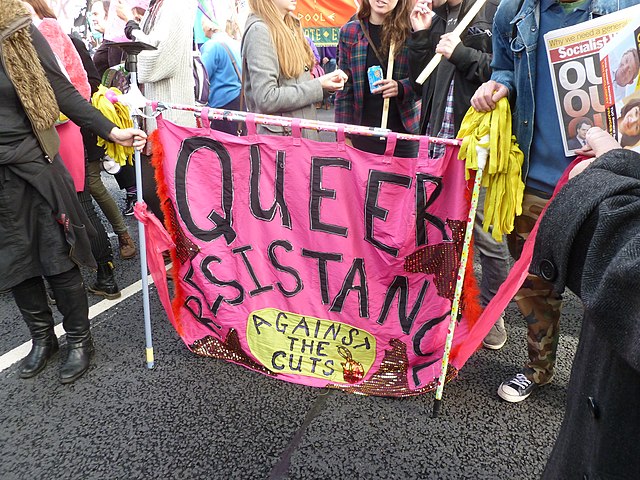Statement by Korea Verband, October 8, 2020
Last Wednesday (October 7th) the district mayor of Mitte, Stephan von Dassel, ordered the Berlin Korea Verband to remove the Statue of Peace (which was unveiled on September 28, 2020) within a week. The main reason cited for the removal is “current difficulties interfering with German-Japanese relations”. Immediately after the unveiling of the statue, the Japanese government in Tokyo complained and put pressure on the Foreign Office, the Berlin Senate, and the Mitte District Office, demanding its removal. It took only a few days for Berlin to cave in, and in doing so is attempting to restrict fundamental rights to freedom of expression and artistic freedom.
The “Comfort Women” working group of the Berlin Korea Verband unveiled the Statue of Peace in late September in collaboration with other civil society organisations from South Korea and Germany. It commemorates the fate of the so-called “comfort women”, the hundreds of thousands of girls and women who were kidnapped by the Japanese military during the Asia-Pacific War (1931–1945) and forced into sexual slavery. These are historical facts that Japanese right-wingers and nationalists have been denying and attempting to suppress for decades.
“The Berlin District Office of Mitte is constructing flimsy pseudo-arguments to accommodate the Japanese government,” says Nataly Jung-Hwa Han, chairwoman of the Korea Verband. “Since the very beginning, the Korea Verband has worked in a very transparent fashion and also pointed out that the Japanese government will most likely firmly object. The responsible commission Art in Urban Space / Art in Architecture has never asked to see the exact wording of the plaque at the base of the statue, Han says. “Its content corresponds exactly to what we wrote in our permit application. The Berlin District Office of Mitte knew that the statue would address the proven crimes of the Imperial Japanese Army.”
The Korea Verband is a German organisation that has been active for more than thirty years. The majority of its work is done by German citizens, completely independently of both the North and South Korean governments. This was also the case for the preparatory work for the Statue of Peace in Berlin, because the focus of the artwork is on those affected by sexual violence.
Referring to the wartime sexual violence in Asia during World War II, the statue’s message is, above all, to commemorate the courage of the women who, as survivors, broke the silence. It admonishes everyone to “take a stand against this violence so that these crimes will never be repeated anywhere in the world,” as the inscription reads. The statue calls for peace, democracy, women’s rights, and human rights, which is why it is called the “Statue of Peace”. It was given the afffectionate nickname “Ari” (Armenian for “courage”) to honour to the courage of the survivors and also to draw attention to the genocide in Armenia.
“The Korea Verband expected the red-red-green coalition in the Senate and the district mayor von Dassel to rise to the challenge and show more political backbone. A constitutional democracy is supposed to protect freedom of expression and artistic freedom, not attempt to restrict these due to pressure from a foreign government,”
says Han, chairwoman of the Korea Verband. “The Mitte District Office made its decision without even talking to us. However, we continue to seek dialogue with the Mitte District Office.
The Korea Verband is considering taking legal action against the revocation of the installation permit.
This is not the first time the Japanese government Tokyo demands for a “comfort women” statue to be removed
In early October Japan’s Foreign Minister Toshimitsu Motegi had directly asked Heiko Maas to remove the statue. This is not the first time that the Japanese government protests a Statue of Peace in Germany. In 2016 for example, the city of Freiburg bowed to Japanese pressure after its Japanese sister city Matsuyuma threatened to terminate the city partnership. In 2017, explanatory plaques on a statue erected in the Nepal Himalayan Park in Wiesent near Regensburg were also removed under pressure from the Japanese embassy in Germany. In the present case, the Mitte District Office also cited concerns about the future of the town twinning as a factor for its decision, as it sees the statue as a threat to amicable inter-city relations, and criticised the explanatory texts. But it is a work of art and as such, it should not be censored!
There have been similar cases in South Korea and the Philippines, where the Japanese government pressured the South Korean and the Philippine governments into removing the Statue of Peace. But in South Korea, the strong civil society protested and successfully prevented the removal.
There will be a ,,demonstration against the removal of the statue on Tuesday, 13 October at 12 noon on the corner of Birkenstraße and Bremer Straße. This will end with a rally at Rathaus Moabit at 1pm


